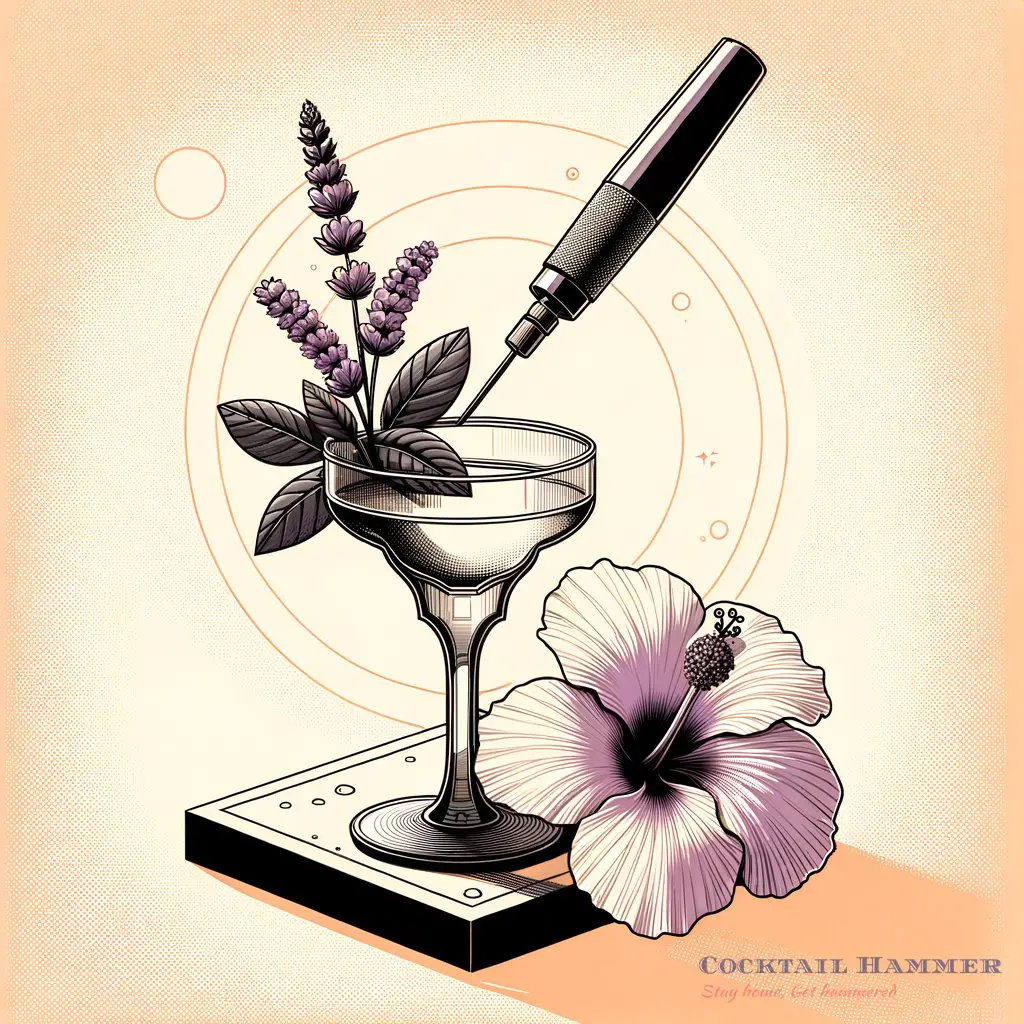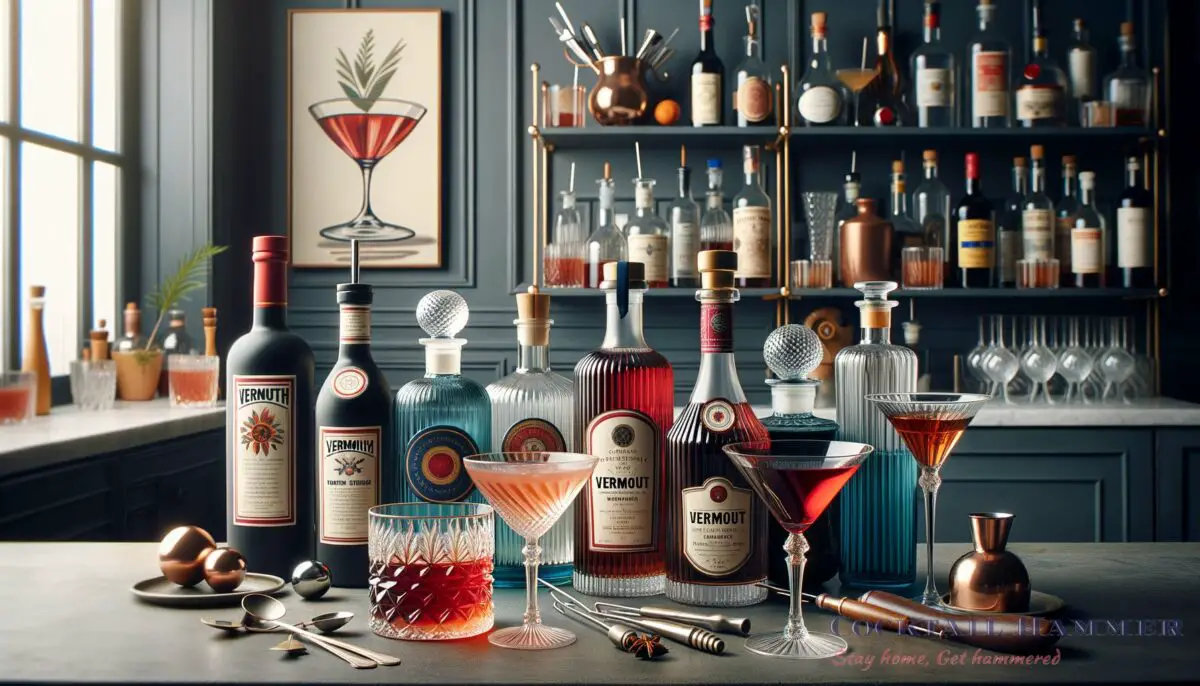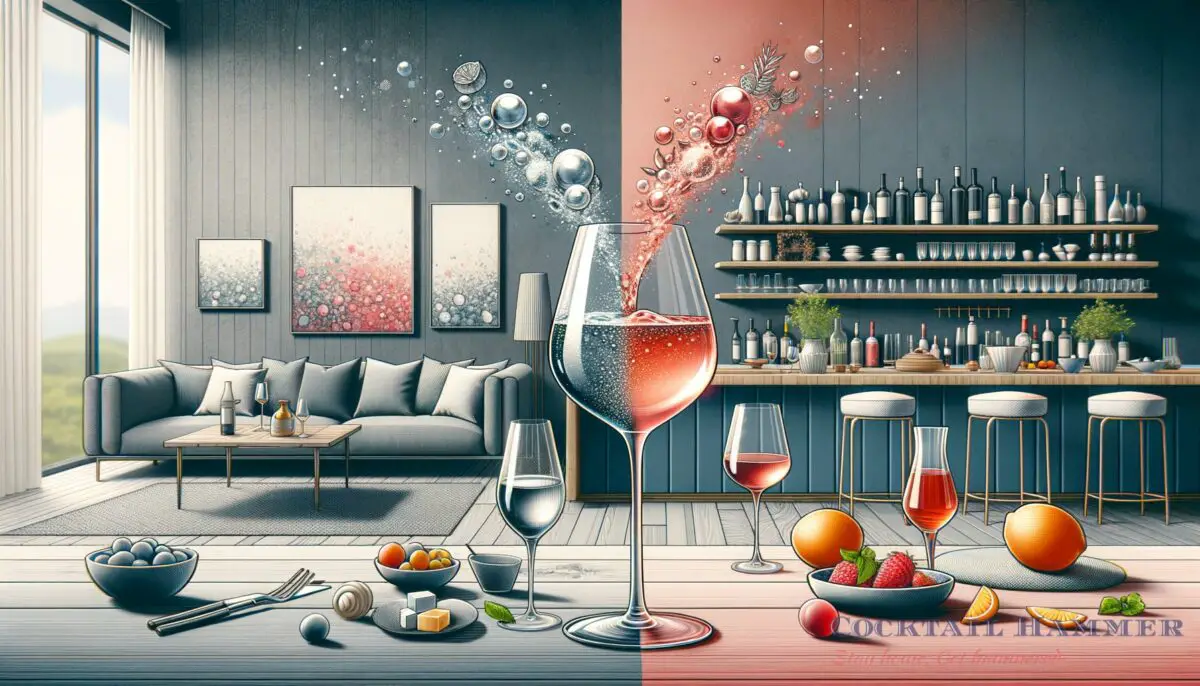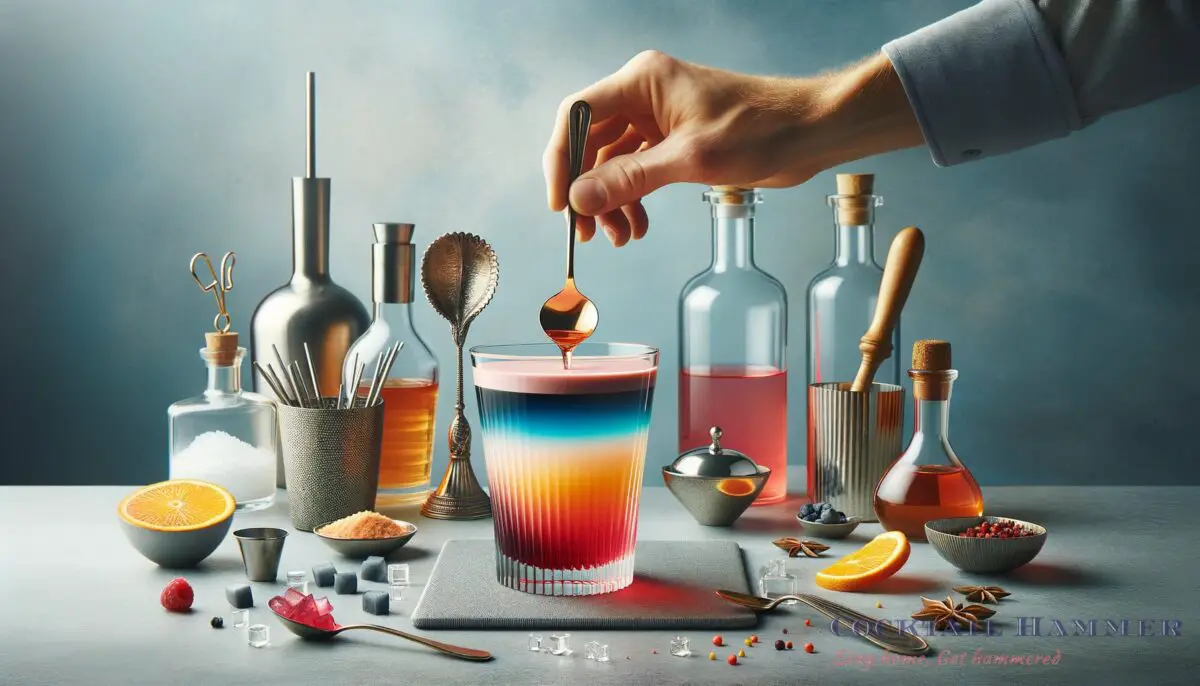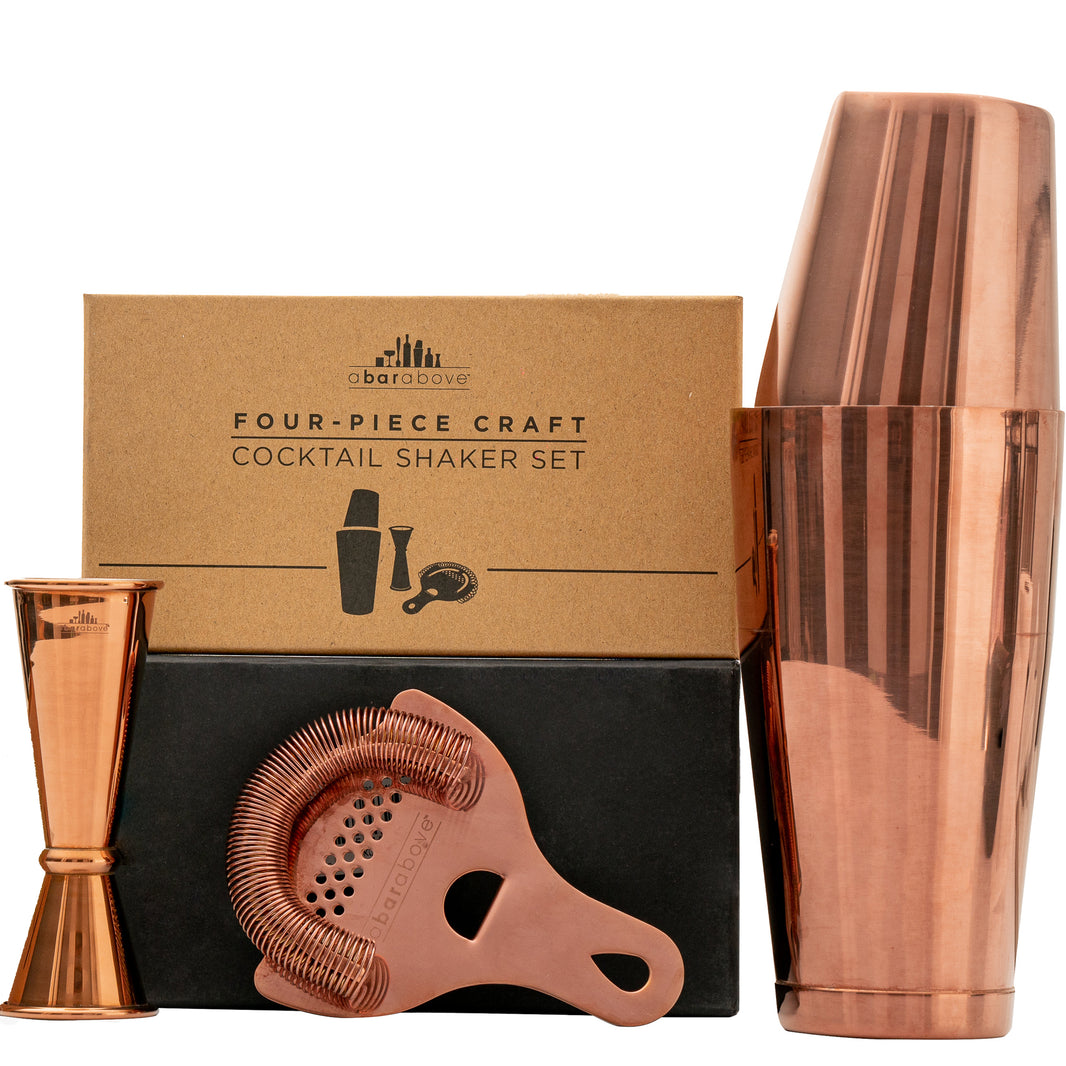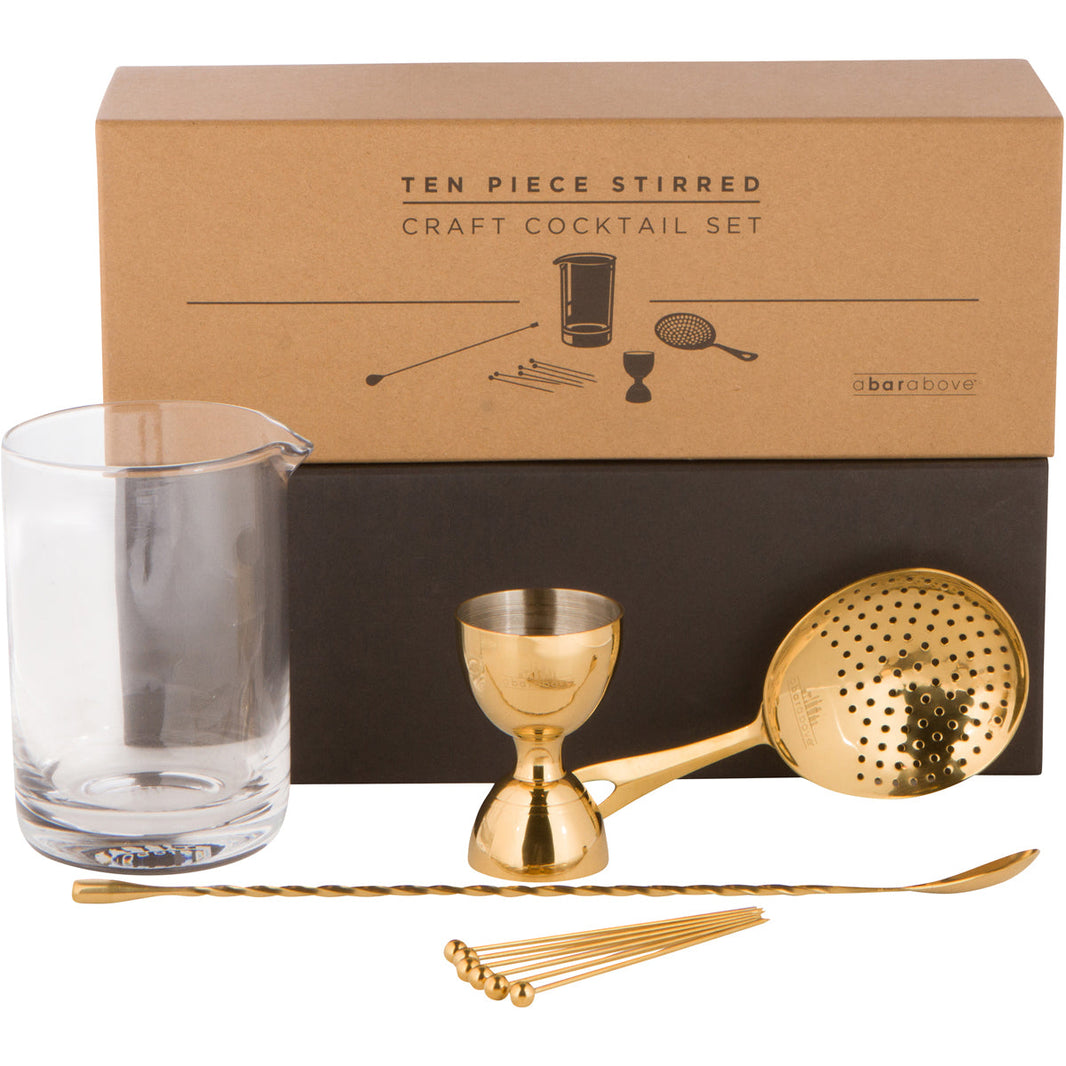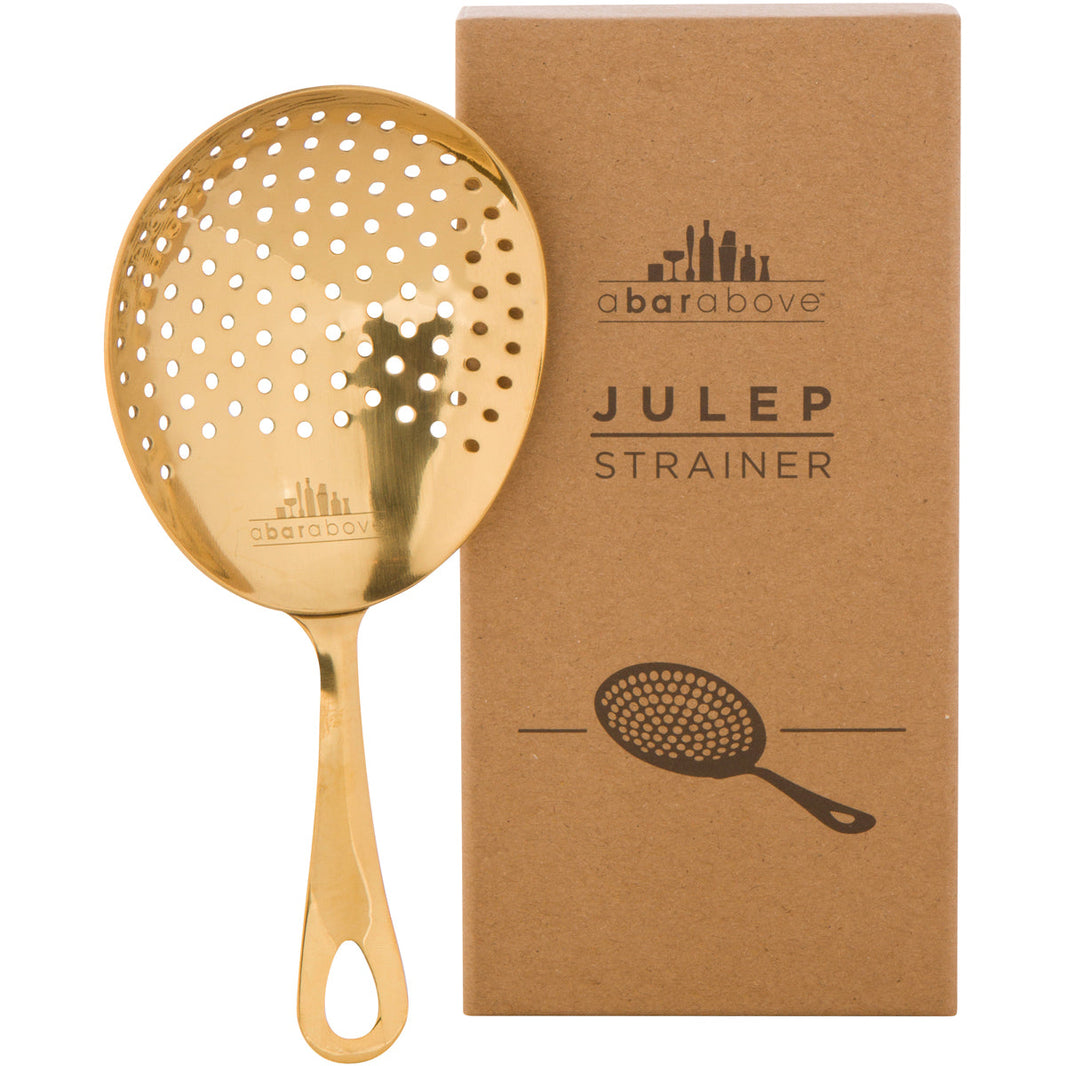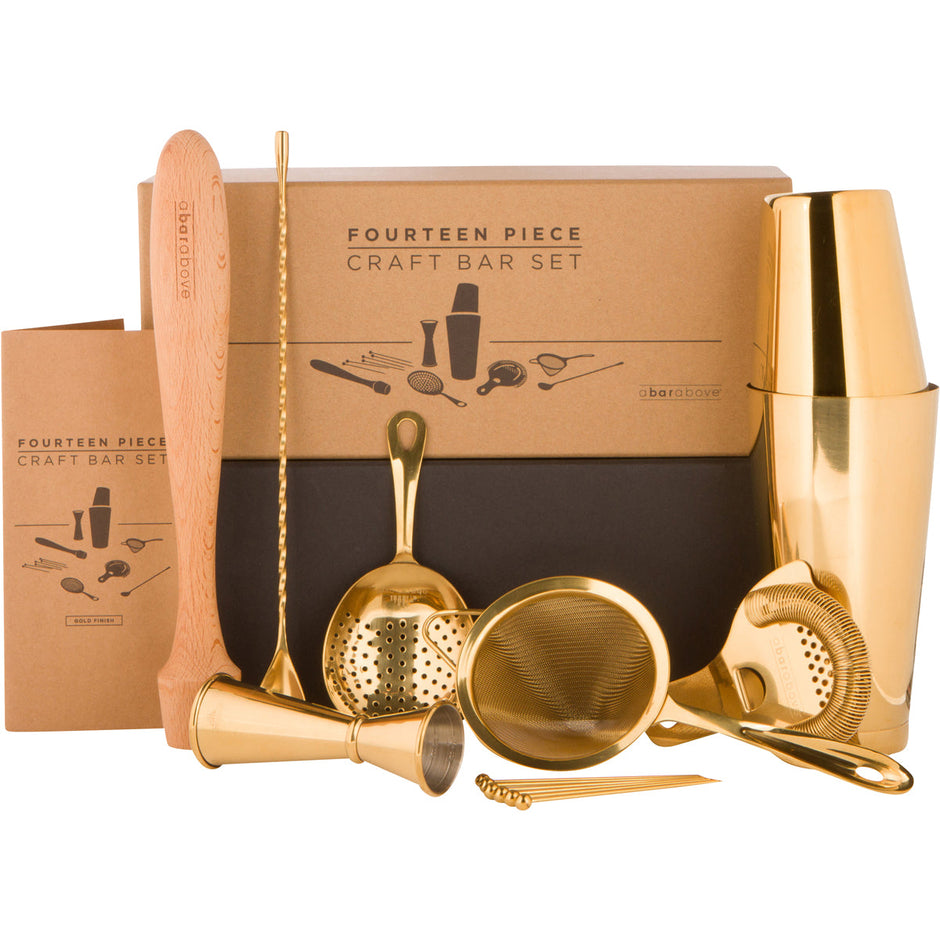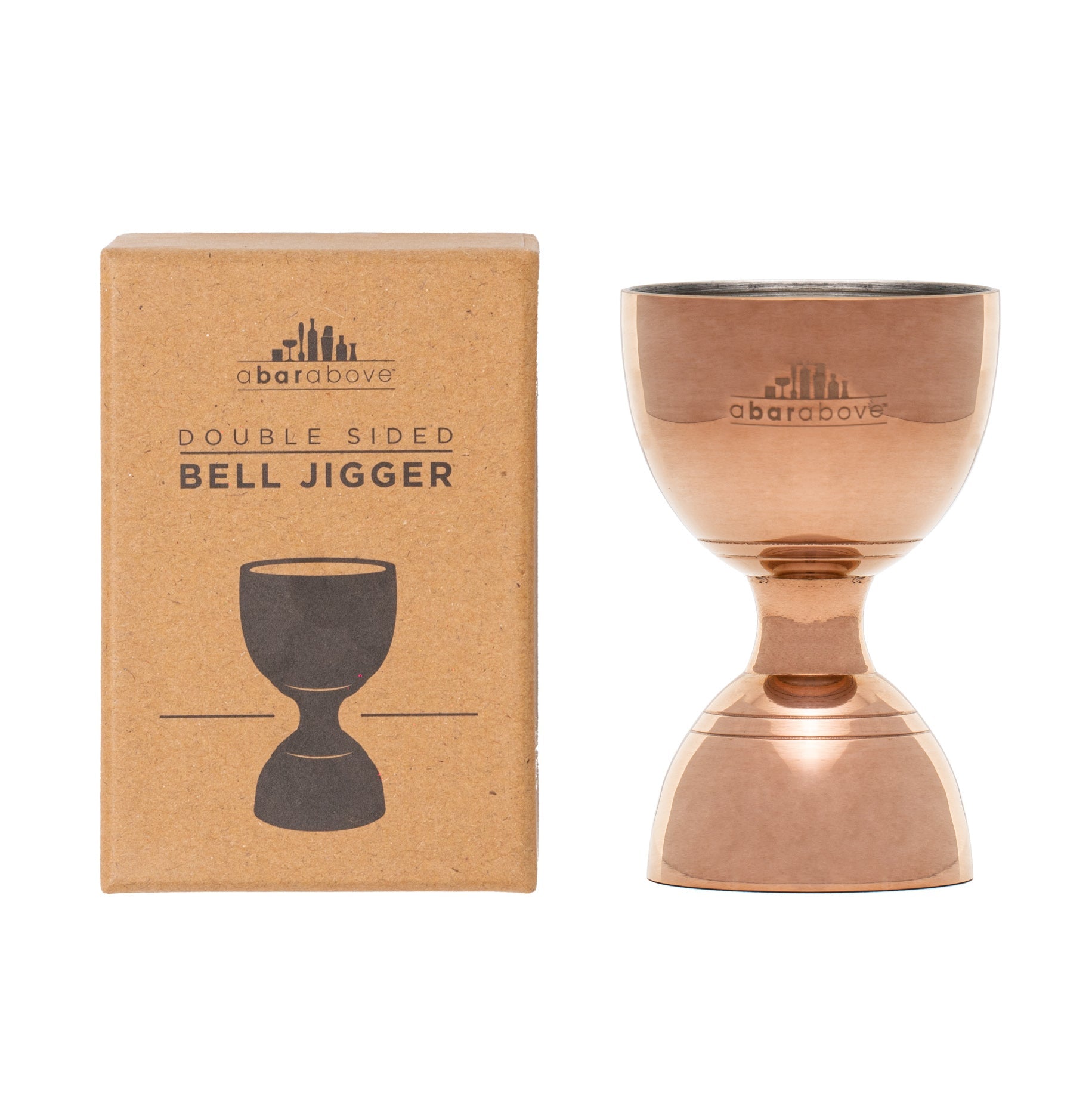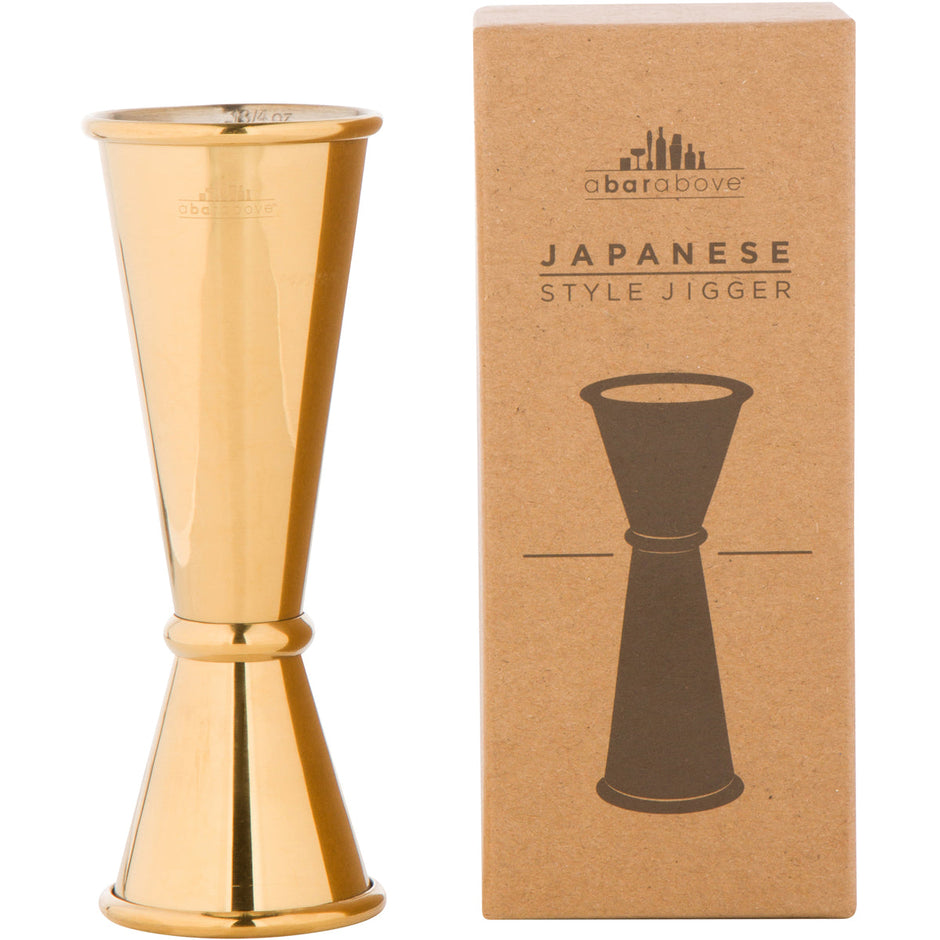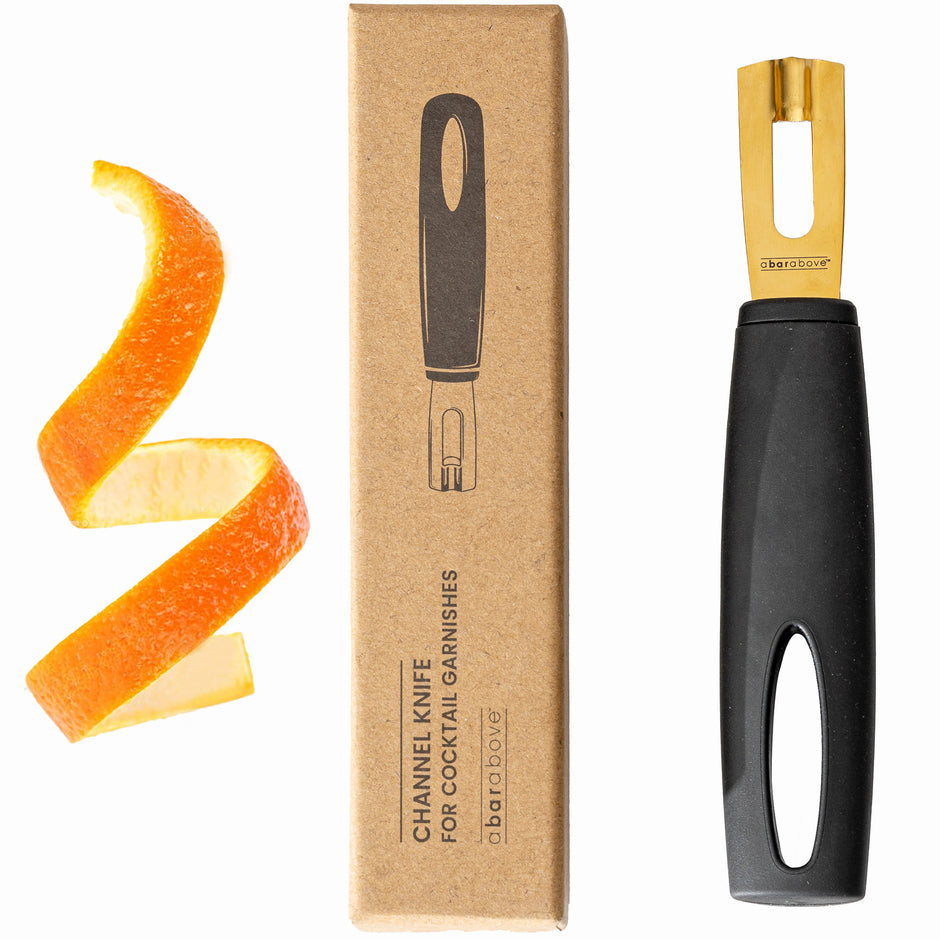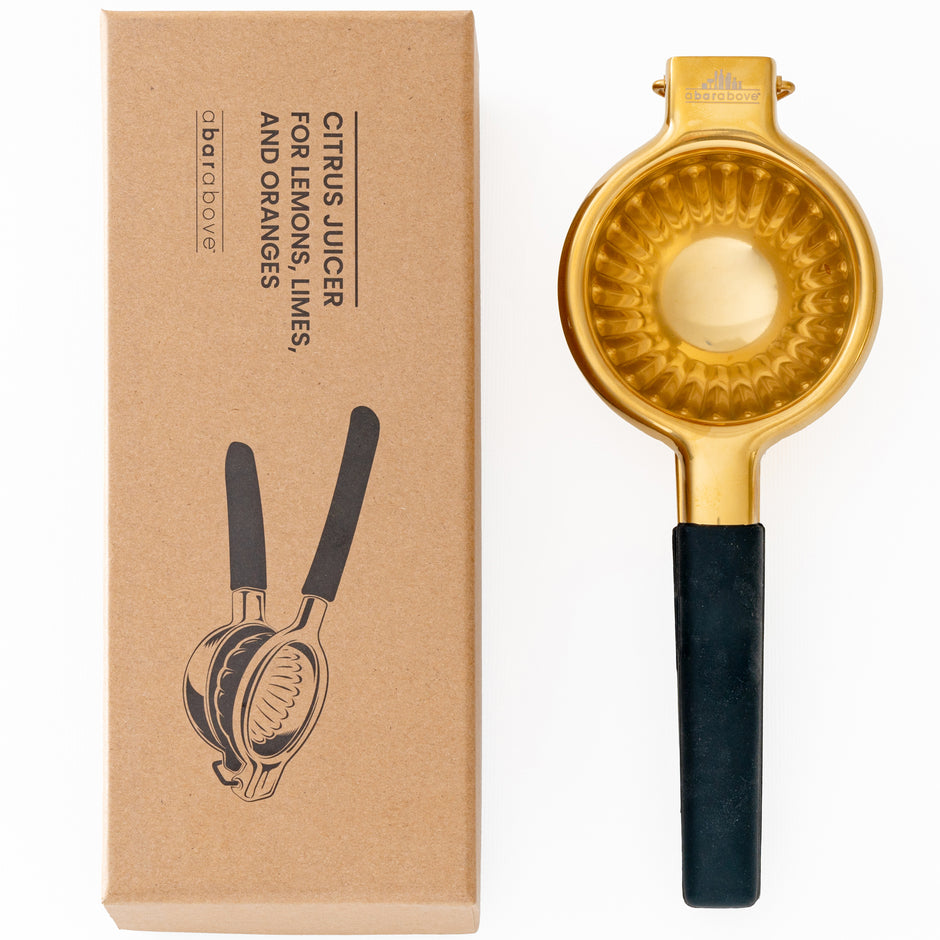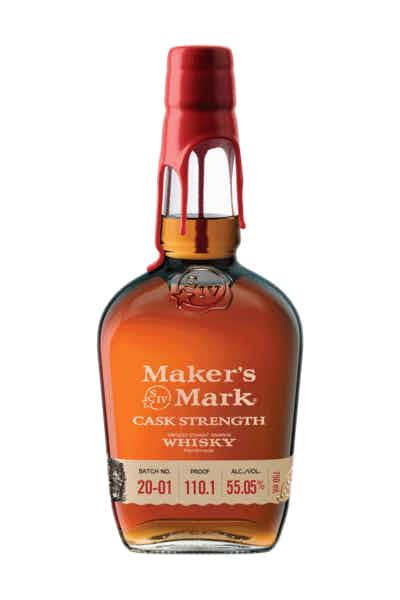Ever noticed how a splash of natural beauty in your drink can spark conversation just like the perfect accessory complements an outfit? It’s all about finding that ideal blend, like picking the right tools for a home mixologist. Why are edible flowers becoming a staple in modern mixology?
This post uncovers how to blossom your cocktails with floral flair.
Key takeaways
- Edible flowers like lavender and hibiscus add complexity to cocktails.
- Rose petals and chamomile can soften and soothe stronger spirits.
- Balancing the floral notes is key to avoid overpowering your drink.
- Freshness and quality matter when choosing blooms for your bar.
What blooms can elevate your cocktail game?
Picture this: You’ve nailed the mix, the ice is crunching just right, and you’re ready to pour. Imagine giving that glass a twist with some nature’s eye candy! Edible flowers aren’t just for looks; they bring unique flavors and aromas that can jazz up your usual spirits.
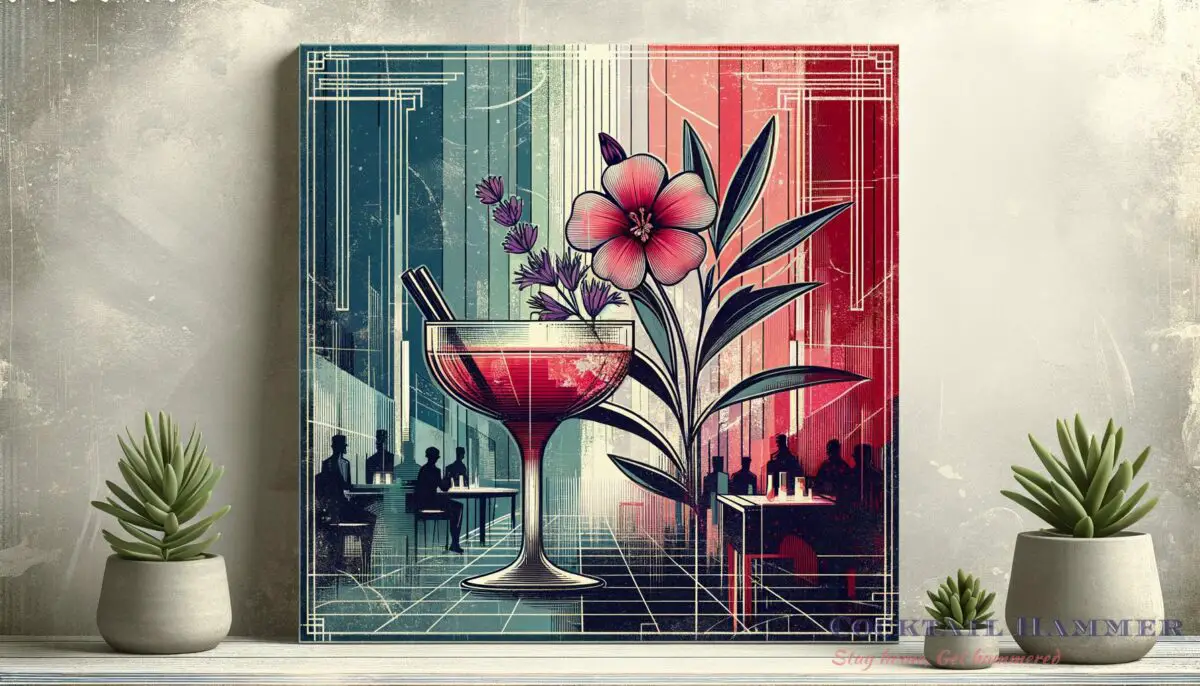
Let’s dive into the best blossoms for your bar shelf and how they’ll turn your concoctions into a sip of springtime.
1. Lavender
Lavender’s not just for soaps and sachets; it’s a powerhouse in the potion-making process. A little goes a long way, and this fragrant bloom adds a sophisticated, sweet, and slightly earthy note to any glass. It’s a game-changer in a gin fizz or a French 75, giving that classic drink a contemporary twist.
Check out how lavender can amp up your mixology game with creative ideas from the art of garnishing.
But beware, too much and you’re sipping potpourri, so balance is key. Lavender pairs exceptionally with citrus and honey. Infuse it in syrups, or use it dried as a garnish to captivate your guests with a visual and flavorful delight.
Learn to make your infusions with tips from infused spirits: creating custom flavors at home.
2. Hibiscus
Now, hibiscus might steal the show with its exotic looks and a tangy flavor that screams tropical getaway. This bold, colorful flower isn’t just popping up in teas; it’s making a splash in summer cocktails that need that extra zip. Craft a hibiscus margarita, and you’ll see why this plant’s a hit.
It has a knack for pairing nicely with tequila and rum, giving a soft, cranberry-like tartness.
When you’re experimenting with hibiscus, remember to think sweet. The flower’s natural acidity is superb when balanced with sugars or sweet liqueurs. The crimson color sings in the glass and on the rim.
Plus, you can dive into more mixology techniques at the science of mixology to make that hibiscus hum.
3. Rose petals
Nothing says romance quite like roses, and they’re just as enchanting in your drink. Delicate, floral, and with a whisper of sweetness, rose petals can make a simple cocktail such as a vodka soda bloom into an elegant, Instagram-worthy creation. The key to roses?
Subtlety. Overdo it, and you’re toasting with grandma’s perfume.
To get it just right, consider rose water or a rose syrup. They’re convenient ways to introduce the flavor without overwhelming your blend. Mix it in classics like a lychee martini or a rose-infused lemonade for a refreshing twist.
For that perfect visual garnish, swing by the art of garnishing to top off your drinks with style.
4. Chamomile
Chamomile may be the nightcap tea choice, but it’s also a stellar addition to your cocktail arsenal. This humble flower brings a calming, apple-like taste to the mix, creating a soothing backdrop for stronger spirits and sharper flavors. It’s a hit in a Whiskey Sour or paired with honey in a Hot Toddy.
Chamomile-infused simple syrup? That’s where it’s at for a nuanced flavor profile.
You’ll want to keep its delicate nature in mind. Chamomile works wonders in a cocktail where it can shine without competing with too many other ingredients. If you’re looking for more inspiration on adding these flavors, explore the depth of fusion cocktails for a unique blend.
5. Borage
Meet the cucumber’s floral kin, borage. These star-shaped periwinkles offer a cool, cucumber-esque freshness. They’re especially brilliant in a Pimm’s Cup or any gin-based drink.
In the lush world of mixology, petals in your potable can be a game-changer, stirring up not just the drink but conversations too. Yet, as with all ingredients, there are two sides to the story.
Borage ice cubes? A stroke of genius for a twist on your tonic. It’s not just a pretty face; it’s a dynamic flavor enhancer that’s as versatile as your favorite garnish.
Happy to sit subtly in the background or stand proud on a skewer, borage adapts to your cocktail’s character. Thinking of jazzing up your presentation skills? Float over to the art of garnishing for ways to make those stars twinkle in your tipples.
More mixology tips
Floral cocktails are a blooming trend, but to truly master them, you need to know a thing or two beyond the blossoms. From precision in pouring to the dance of flavors, every detail matters. Here are some extra snippets to sprinkle over your concoction craft:
- Experiment with different bloom parts like petals, buds, or even stems to discover unique flavors and textures.
- Use a fine mesh strainer when infusing to prevent any unwanted plant bits from sneaking into the final pour.
- Invest in a good pair of tweezers or tongs for precise garnish placement – presentation is key!
- Stay seasonal to get the freshest flowers and the most robust flavors for your cocktails.
Putting petals to shaker might seem straightforward, but there’s an art to it. Here are some do’s and don’ts to keep your garden of glassware growing strong.
| Do | Don’t |
|---|---|
| Do source organic, pesticide-free flowers. | Don’t use flowers from florists; they may be treated with chemicals not suitable for consumption. |
| Do taste test flowers before use to understand their flavor profile. | Don’t overwhelm your drink with too much floral flavor. |
| Do complement the flower flavors with your spirit and mixer choices. | Don’t ignore the visual potential of edible flowers as garnishes. |
| Do store your edible flowers properly to maintain freshness. | Don’t forget to wash your flowers to ensure cleanliness. |
Flowers aren’t just a feast for the eyes; they’re the secret handshake of flavor harmony.
Advantages and disadvantages of using edible flowers in cocktails
In the lush world of mixology, petals in your potable can be a game-changer, stirring up not just the drink but conversations too. Yet, as with all ingredients, there are two sides to the story. Let’s dig into the beauty and the beasts of using flowers in your liquid lab.

Advantages
- Edible flowers add an unexpected pop of color and visual elegance to cocktails.
- They enhance the aroma, which can profoundly affect the drinking experience.
- Infusions with flowers can introduce subtle and complex flavors not found in other ingredients.
- Utilizing flowers can inspire creativity and innovation in cocktail crafting.
Disadvantages
- Some guests might be allergic to certain flowers, so it’s vital to know your audience.
- Edible flowers can be seasonal, limiting availability at certain times of the year.
- Overuse can lead to overpowering the drink with too strong a floral taste.
- There’s a risk of using non-edible or toxic flowers if not properly researched.
Opinion
I’m no botany buff, but dabbling in the use of edible flowers in my home cocktail experiments has been eye-opening. It’s thrilling how a touch of lavender or a sprinkling of rose petals can transform a drink from simple to sophisticated. There’s a sense of personal pride when that garnish you grew makes its way into a cocktail crafted with your own hands.
And let’s face it, it’s an Instagrammable moment that has all your friends buzzing.
While I recognize I’m just scratching the surface, I believe that the judicious use of these natural beauties can make the difference between a good drink and a great one. Sure, I might make a few floral faux pas along the way, but the learning curve is part of the fun. Curious mixologists should definitely read up on the art of garnishing to get started on the right foot.
If you are a visual learner, check out this video titled ‘9 Trendy Cocktail Garnishes in 9 Minutes’
Frequently asked questions (FAQ)
Can I use any flower I find in my garden for cocktails?
Not all garden flowers are fit for your shaker. Some can be harmful, and others might not offer the flavor or aroma you’re after. It’s critical to do your homework to ensure that any bloom you pick is indeed safe and intended for culinary use.
Stick to recognized edible varieties and always source from places that confirm they’re free of pesticides and other nasties.
How do I store edible flowers to keep them fresh for cocktails?
Edible flowers are like the high fashion of your fridge—delicate and demanding precise care. The best way to keep them fresh is by storing them in a cool, dry place, ideally in the crisper drawer of your refrigerator. You can also keep them between damp paper towels inside a sealed container to extend their vivacity.
What’s a simple flower-infused cocktail for a beginner to try?
Kick-off your floral mixology with something simple like a lavender lemonade. Just mix fresh lemon juice, a bit of lavender-infused syrup, and your choice of spirit (vodka works well) over ice. Top it off with sparkling water and garnish with a few sprigs of lavender.
It’s simple, refreshing, and hard to mess up, making it perfect for greenhorn petal pushers.
Final thoughts
As we close the chapter on our floral mixology adventure, it’s clear that the addition of edible flowers to cocktails offers a simple yet profound transformation. Whether you’re a seasoned mixologist or a curious beginner, the infusion of nature’s blooms into your beverages not only enhances the taste and aroma but also turns serving a drink into a full sensory experience. So next time you’re behind the bar, let your creativity blossom and watch as your cocktails grow from ordinary to extraordinary.
Have you experimented with any of these flowers in your drinks? Did I cover everything you wanted to know? Let me know in the comments section belowI read and reply to every comment. If you found this article helpful, share it with a friend, and check out my full blog for more tips and tricks on elevating your home bartending skills. Thanks for reading, and here’s to your next toast blooming with flavor!
